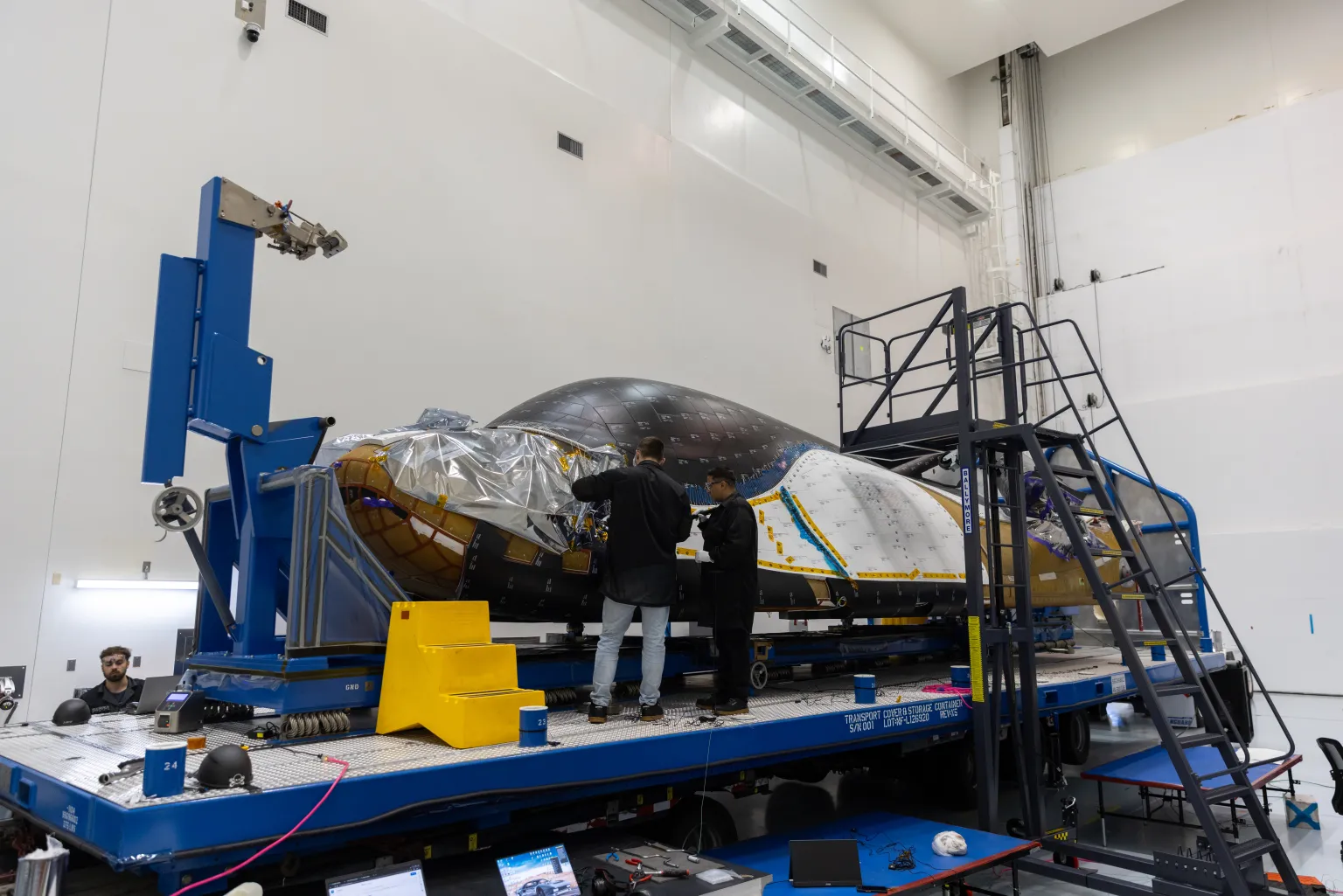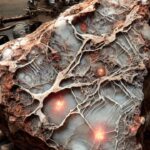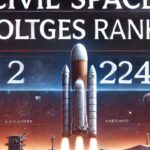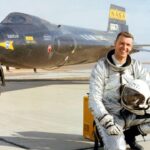NASA, Sierra Space, Dream Chaser, Tenacity, Kennedy Space Center, International Space Station, ISS, commercial resupply, spaceplane, Shooting Star module, ULA Vulcan rocket, low Earth orbit
Discover the exciting arrival of Sierra Space’s Dream Chaser spaceplane, Tenacity, at NASA’s Kennedy Space Center in Florida. Learn about its extensive testing and preparations for its maiden flight to the International Space Station, marking a significant milestone in expanding commercial resupply missions to low Earth orbit.
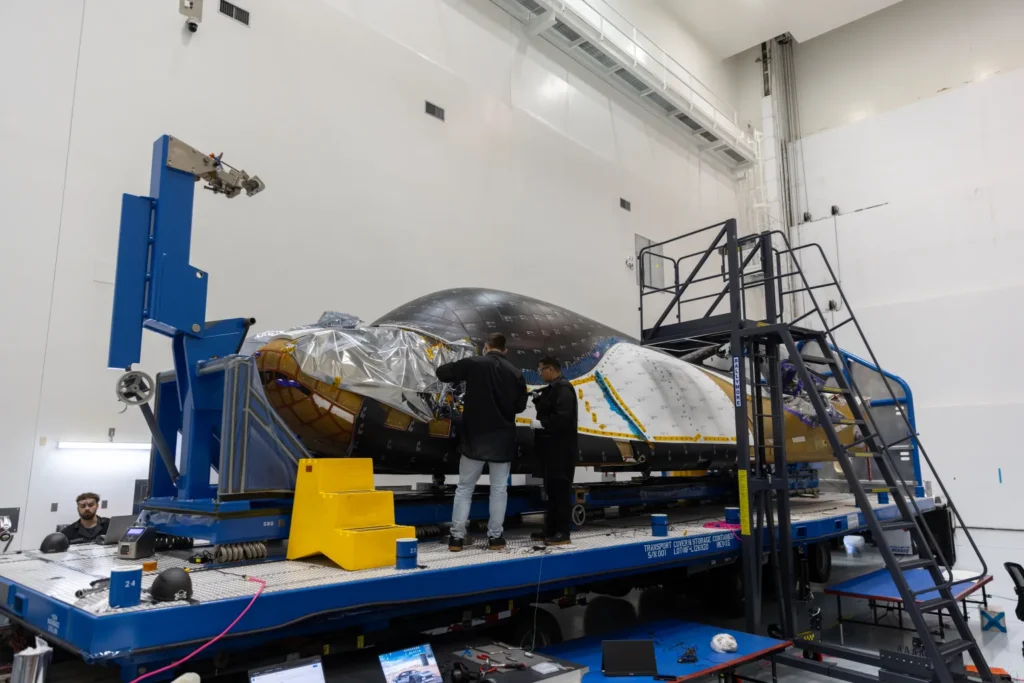
In a significant step towards expanding commercial resupply missions to low Earth orbit, Sierra Space’s uncrewed Dream Chaser spaceplane has arrived at NASA’s Kennedy Space Center in Florida. This milestone marks the culmination of extensive preparation and testing, paving the way for Dream Chaser’s maiden flight to the International Space Station (ISS).
The Dream Chaser, aptly named Tenacity, reached Kennedy Space Center on May 18. It was transported in a climate-controlled container from NASA’s Neil Armstrong Test Facility in Sandusky, Ohio. Tenacity’s companion, the Shooting Star cargo module, had already arrived on May 11. The arrival of these components at Kennedy is a crucial phase in the pre-launch process.
Before its journey to Florida, Dream Chaser and its cargo module underwent rigorous testing at NASA’s Space Environments Complex. This included vibration testing using the world’s highest capacity and most powerful spacecraft shaker system, simulating the intense vibrations expected during launch and re-entry. Subsequently, the spacecraft was subjected to extreme conditions in the In-Space Propulsion Facility, enduring temperatures from -150 to 300 degrees Fahrenheit and low ambient pressures, ensuring it can withstand the harsh conditions of space travel.
Upon reaching Kennedy, Dream Chaser Tenacity was moved to the high bay inside the Space Systems Processing Facility. Here, it will undergo final testing and prelaunch processing. These preparations are essential to ensure the spacecraft is ready for its scheduled launch later this year.
The spaceplane will be launched aboard a United Launch Alliance (ULA) Vulcan rocket from Space Launch Complex-41 at Cape Canaveral Space Force Station. It will carry 7,800 pounds of cargo to the ISS, providing vital supplies and scientific experiments to the orbiting laboratory.
The final pre-flight activities at Kennedy include a series of comprehensive tests. These involve acoustic and electromagnetic interference and compatibility testing, finalizing the spaceplane’s thermal protection system, and integrating the payload. Each step is critical to certify the vehicle for its mission and ensure its readiness for the challenges of spaceflight.
Dream Chaser is a uniquely designed spaceplane, characterized by its lifting body design and winged structure. Measuring 30 feet in length and 15 feet in width, it is built to transport cargo to and from low Earth orbit. Its design allows it to land on a runway, similar to NASA’s space shuttle, offering a versatile and reusable platform for space missions. The accompanying Shooting Star module, 15 feet in length, can carry up to 7,000 pounds of cargo internally and includes three unpressurized external payload mounts.
This partially reusable transportation system is slated to perform at least seven cargo missions to the ISS as part of NASA’s initiative to enhance commercial resupply services. Future missions could last up to 75 days, delivering as much as 11,500 pounds of cargo, significantly boosting the station’s resupply capabilities.
Dream Chaser is designed for reusability, capable of returning up to 3,500 pounds of cargo to Earth. In contrast, the Shooting Star module is intended to be jettisoned and burn up during reentry, enabling the disposal of up to 8,500 pounds of trash per mission. This dual capability of delivering supplies and disposing of waste highlights the innovative and practical design of the Dream Chaser system.
Tenacity is the first in a planned fleet of Dream Chaser spaceplanes by Sierra Space, aimed at revolutionizing cargo transport to the ISS. As part of the certification process for future missions, NASA and Sierra Space will rigorously test the spaceplane in orbit. Upon approaching the ISS, Dream Chaser Tenacity will perform a series of demonstrations to validate its attitude control, translational maneuvers, and abort capabilities. These tests are crucial to prove the spacecraft’s maneuverability and reliability.
Once these demonstrations are successfully completed, astronauts aboard the ISS will use the Canadarm2 robotic arm to capture the spaceplane and dock it to an Earth-facing port. After spending approximately 45 days at the ISS, Tenacity will be released and will return to Earth, landing at Kennedy’s Launch and Landing Facility. Upon landing, the spacecraft will be powered down, and the Sierra Space team will transfer it back to the processing facility for inspections, offloading of remaining cargo, and preparations for its next mission.
The arrival of Dream Chaser Tenacity at Kennedy Space Center marks a pivotal moment in NASA’s commercial resupply program. It underscores the collaboration between NASA and private industry to ensure a sustainable and efficient presence in low Earth orbit. With its innovative design and versatile capabilities, Dream Chaser is poised to play a key role in supporting the ISS and advancing human space exploration.
Read More-
- NASA and ESA Unite for Historic Rosalind Franklin Mars Rover Mission
- NASA Plan to Build a Railway System on the Moon
- NASA Mobile Launcher 2: Engineering the Future of Lunar Missions
- How NASA Tracked the Most Intense Solar Storm in Decades: A Comprehensive Analysis
